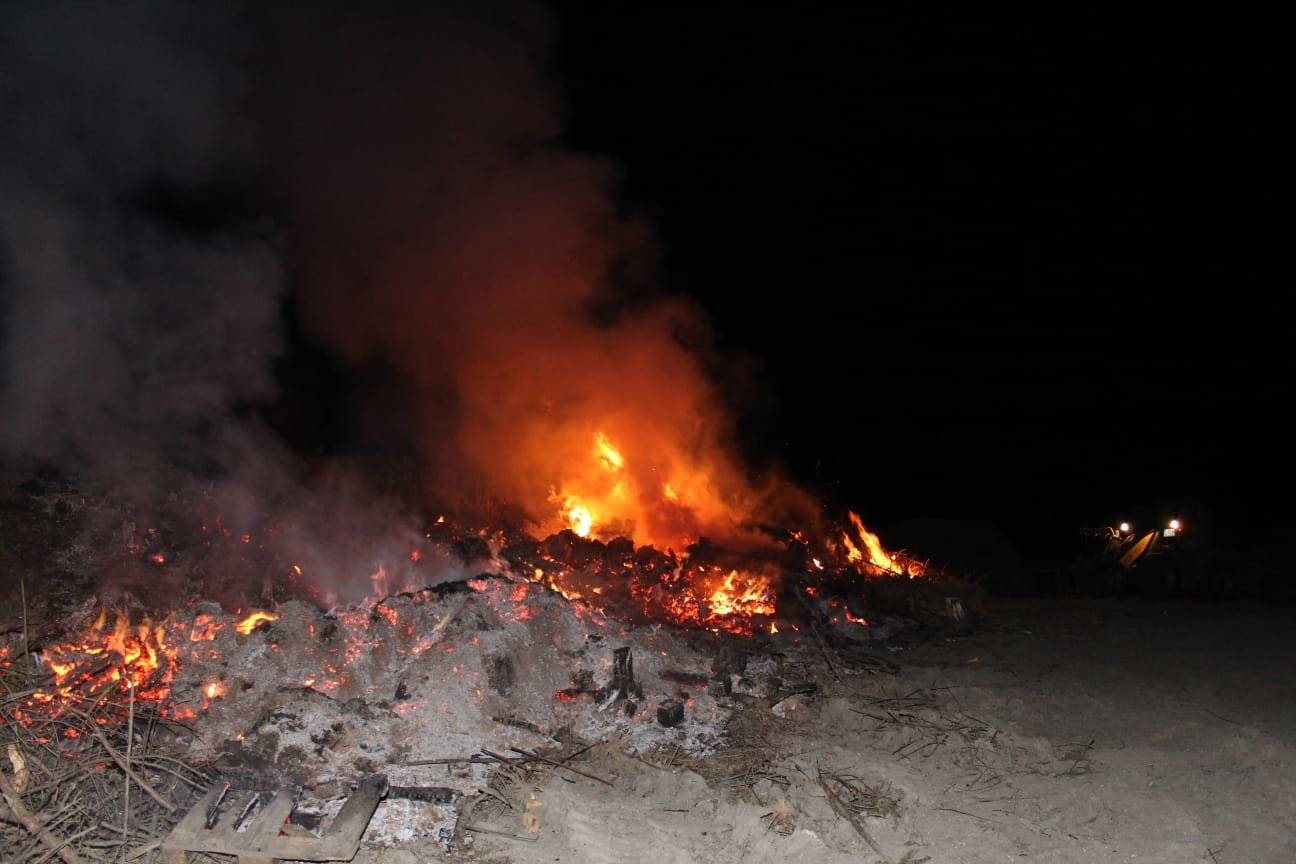Innovation in the region World-famous Bonn blossoms come from a Meckenheim nursery
Meckenheim/Bonn · The Meckenheim tree nursery Wilhelm Ley planted cherry trees in the Bonn old town in the 1980s. Today, people from all over the world come to delight in them.
In the Bonn old town, the cherry trees are in blossom and when the buds of the Japanese cherry, Prunus Serrulata `Kanzan´, burst open millions of times on the avenues of trees along the Heerstraße and Breite Straße, the pink and white blossoms represent a special display of horticultural art. The ornamental cherries, which captivate thousands of people from all over the world year after year, don’t come from Japan, but from the plantations of the Wilhelm Ley tree nursery in Meckenheim. When Bonn's old town was rebuilt in the 1980s, Ley delivered his trees to the then capital.
Wilhelm Ley, co-owner of the tree nursery of the same name, brings out an ancient book with dark green covers written in old German script. "I still have this book from my grandfather," he says. The book illustrates via descriptions and sketches how the craft of grafting creates the trees, which for about two weeks in spring enchant people of all ages with their crown of pink, white and red flowers.
Only grafting ensures the characteristic colour
Although the cherry blossoms in Bonn's old town are unlikely to become a mass event in the coming days as in previous years, it is always splendidly photogenic. "Only the grafting ensures that the ornamental cherry has its typical colour and growth", said Ley in an interview with the General Anzeiger.
The experts in the family business, which was founded in 1891, use a wild cherry as the starting material. Once this has grown into a sizeable tree, the trunk first receives a major incision at a height of two metres and a so-called scion is then inserted into the cut – the approximately 20 centimetre-long new shoot of the Japanese carnation cherry. “A complete crown will then grow from this scion over the next few years,” says Ley. This shoot contains the genetic information for the dense clusters of flowers which, together with the Beethoven Year, will ensure that Bonn is included among the top five cities worldwide in 2020, according to the Lonely Planet travel guide.
"Grafting is truly a great art. That's why we only allow trainees in their third-year to do it," reveals Ley. If a mistake is made, it will destroy many years’ work of caring and nurturing. After twelve years in the nursery, the Japanese ornamental cherry has everything it needs to survive, for example, as a street tree. Christoph Dirksen, managing director of the Wilhelm Ley tree nursery, knows that the ornamental cherry is perfectly suited to the special climate in the city. It is one of the most climate-resistant trees. “They can also withstand drought for a long period of time.
”Planted trees can live to be over 100 years old
The reason for this lies in the root system. In the nursery, the grafted tree doesn’t remain in the same location within the plantation, but is moved several times. “The roots remain as a root ball due to the multiple replantings,” explains Wilhelm Ley. The compact ball leads to a special feature in the city, in that “the roots of the ornamental cherry do not distort the pavements, and the tree can live for over 100 years,” reports Dirksen.
Word has got around, and the Meckenheim tree nursery supplies ornamental cherries to the whole of Europe. “Our drivers deliver as far away as Tajikistan,” says Dirksen. The company from Meckenheim is the “largest avenue tree producer in Europe”. The saplings from Meckenheim were not only used in the redesigning of the Bonn old town in the 1980s, but last year about 20 cherry trees from the Meckenheim nursery were also planted. Although the Japanese ornamental cherry bears the word cherry in its name, it does not bear fruit after blossoming.
(Original text Mario Quadt, translation John Chandler)



